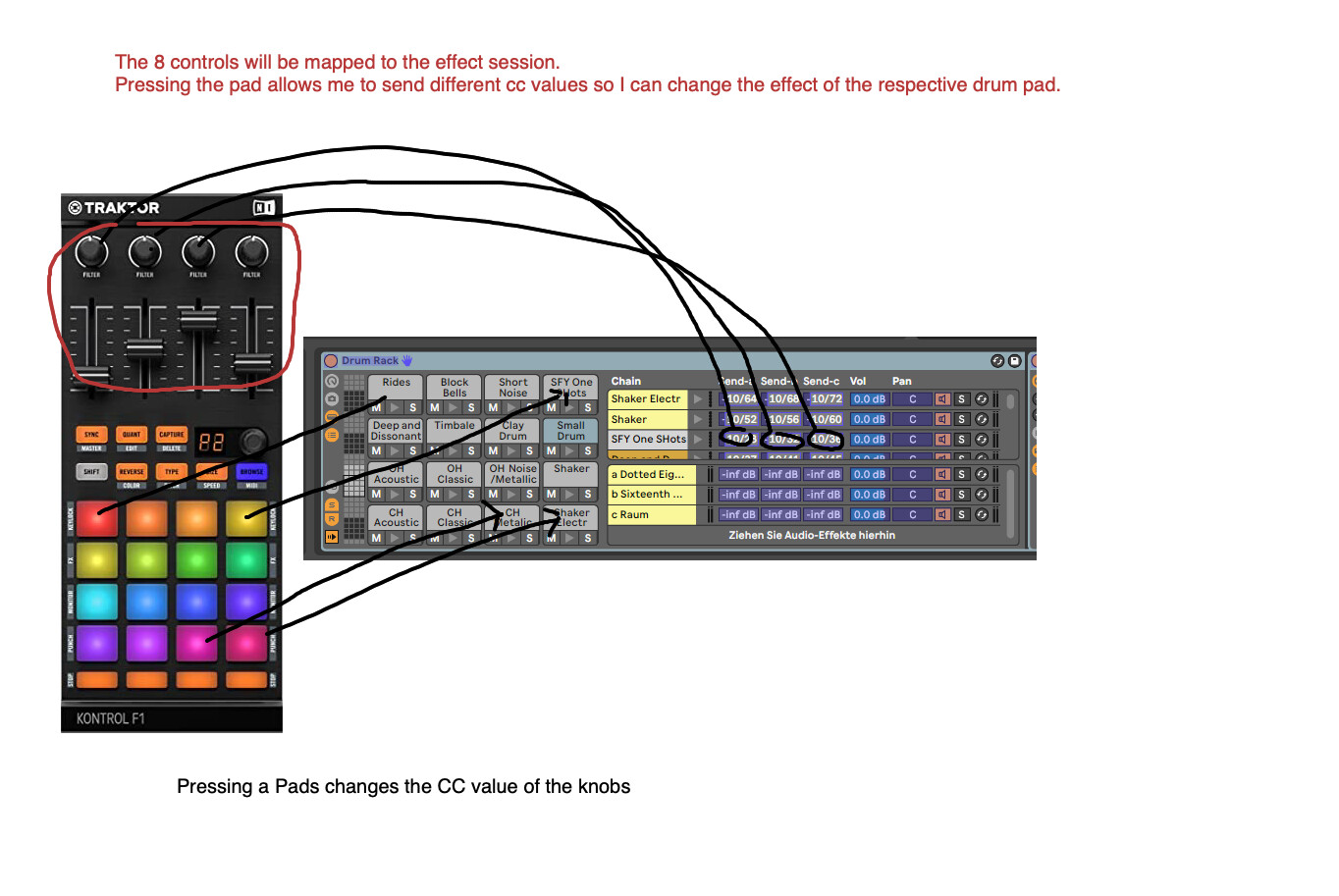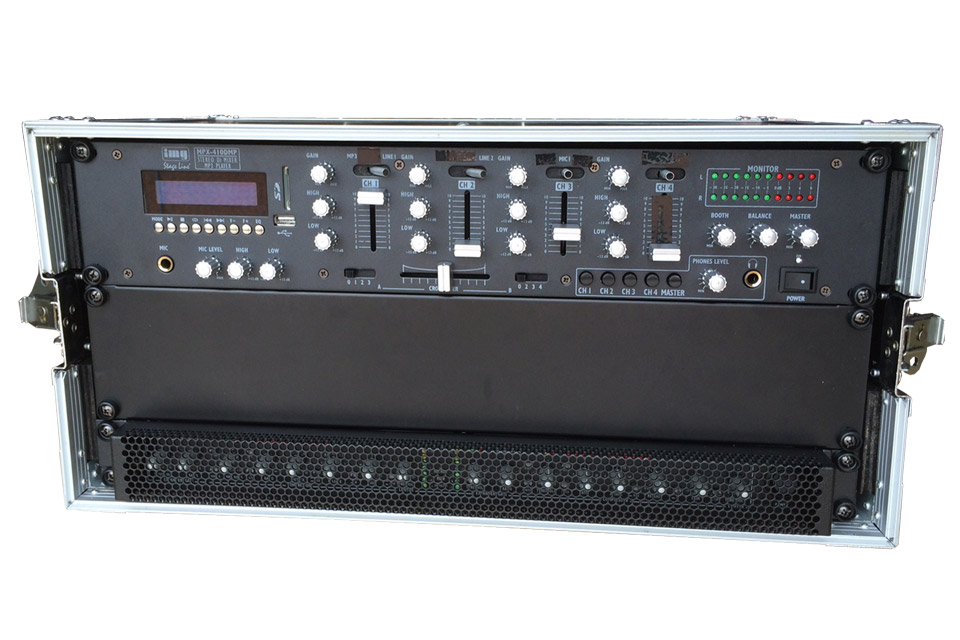
I’m trying to keep focused on the hardware rather than the software, so I’ll go as far as to say that some of the shift functionality seems a little too frequently used and it might, in a perfect world, have been better to have more buttons as opposed to layers. The shift functionality of the pads and the extra controls are placed in the centre of the controller, which puts them in easy reach of both the pads and the sliders – a sensible choice considering they’re used to give extra functionality to both. From a workflow perspective, sometimes I’d like to have large, MPC sized pads to hammer on, but the smaller size of the pads are still fun to use. The pads are given pride of place on the Kontrol F1, and as I touched on previously the pads are small enough to be accessible from a single hand, big enough to be pressed comfortably. So we’ve covered the build of the unit, but how does it actually feel to use? For the most part, great. They’re very, very light, though, and just about the perfect size for one-handed manipulation of all controls. The pads themselves are very button like they feel like large versions of the rest of NI’s DJ gear buttons with that reassuring click when depressed. Yup, the song and dance surrounding the F1 is largely down to its 4×4 pad matrix, designed to control Traktor 2.5’s remix decks. The underside of the Kontrol F1 has a little hole that will allow it to drop over a turntable spindle, and the rear based USB connector features that vice-like grip that NI products have had for a couple of years. The F1 does feel perhaps a little plasticky, but considering the intended use case is for it to be prodded at alongside the rest of your DJ gear rather than used as a bludgeoning device, it’s not a concern. It actually adds a kind of industrial design credibility to the unit, in a funny way. A seven line digital readout provides important feedback about what the Kontrol F1’s doing, what mode it’s in, and so on, and in lieu of a presumably outrageously expensive and power draining LCD screen it’s a fine addition. There’s no deviation from NI’s DJ design blueprint in general knobs are smooth, buttons are soft with a little ‘click’ when they’re pressed, and the short throw faders are sturdy and just that little bit looser than for ‘stiff’ to be accurate. The F1 is exactly the same size, and feels more or less identical in build. If you’ve ever used the Kontrol X1, you’ll be in good stead for the F1 experience.
#TRAKTOR F1 MIXER FULL VERSION#
My main criticism of the Kontrol F1 is price, as it’s undeniably expensive, but newcomers to Traktor will find a lot of value in the inclusion of the full version of Traktor Pro. The F1 is a well built attractive controller, that whilst physically pretty simple looking integrates near perfectly with Traktor’s Remix Decks whilst simultaneously providing beautiful LED feedback.
#TRAKTOR F1 MIXER SOFTWARE#
Because the Kontrol F1 is so tightly integrated with the Traktor software – perhaps more so than anything before it – it’s caught some inevitable flack from the ‘anti-trust’ mob (DJs are nothing if not melodramatic) the bottom line is that in order to truly realise the vision that NI obviously had for this new DJing paradigm, hardware and software had to be designed hand in hand and the F1 shouldn’t be penalised for being part of the big picture.



The different offerings are really starting to make sense as a combined whole, with Traktor as the software heart tying it all together. NI’s hardware department has, over the years, really picked up steam.


 0 kommentar(er)
0 kommentar(er)
